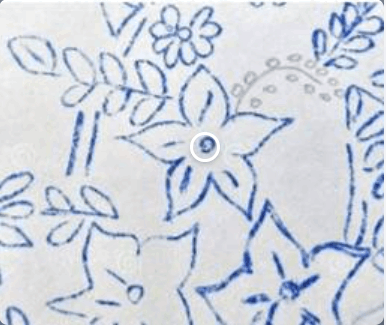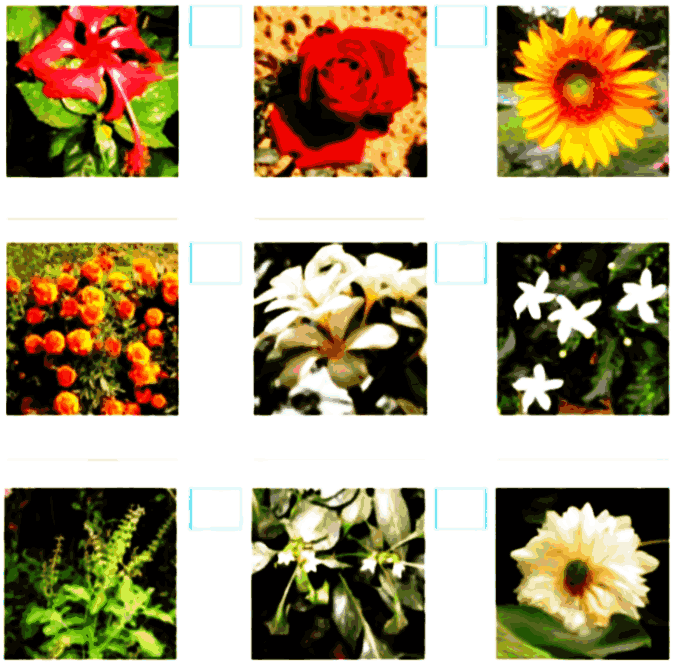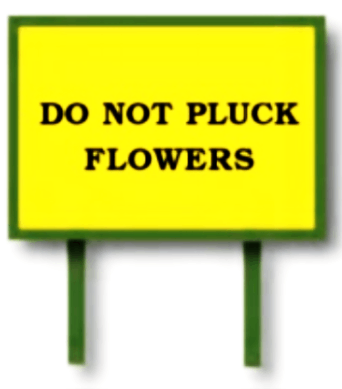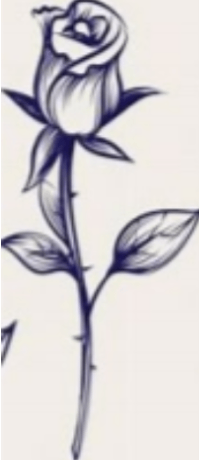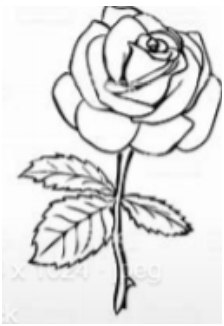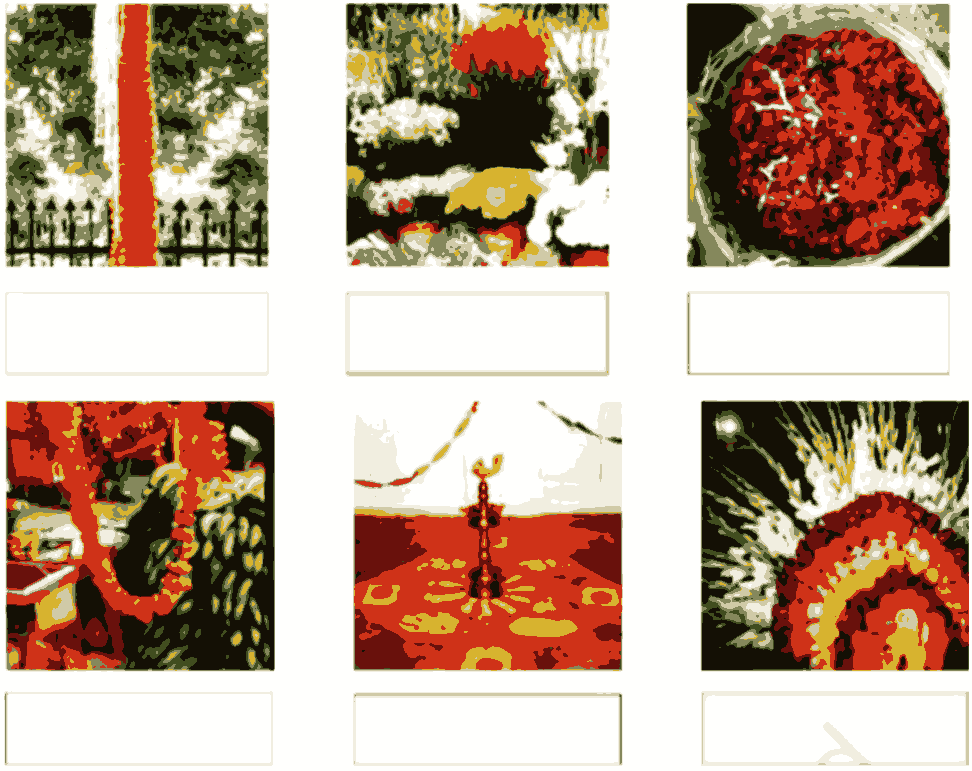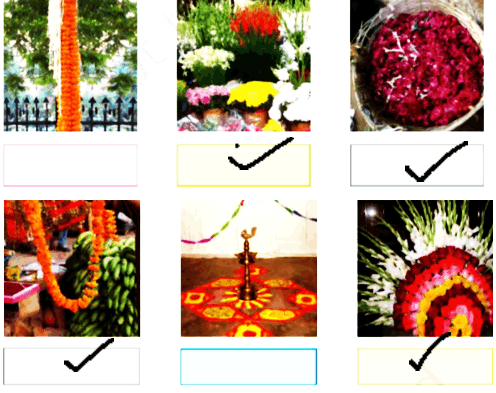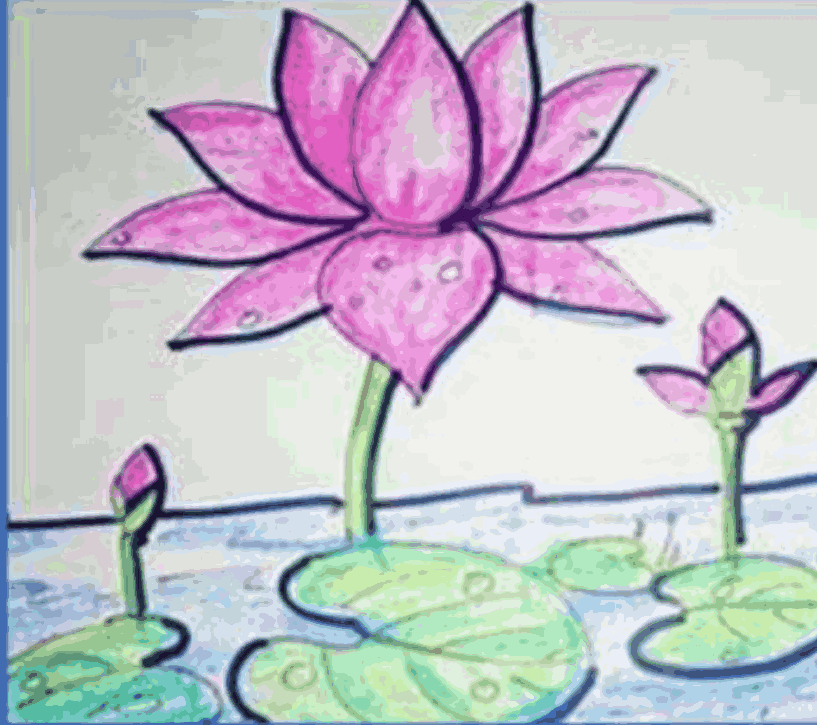Evs Class 4 Chapter 11 Questions and Answers - Free PDF Download
FAQs on NCERT Solutions For Class 4 Evs Chapter 11 Valley of Flowers - 2025-26
1. How should I draw and label the diagram for binary fission in Amoeba for my NCERT textbook exercises?
To correctly answer questions on binary fission in Amoeba, your diagram should clearly show the step-by-step process. Follow these steps for a complete answer as per the 2025-26 CBSE pattern:
- Start with a drawing of the parent Amoeba with its nucleus and cytoplasm.
- Show the elongation of the nucleus as the first step of division.
- Draw the cytoplasm beginning to divide as the nucleus splits into two.
- Finally, depict the parent cell splitting into two identical daughter cells, each with its own nucleus.
Ensure you label all key parts: Parent Cell, Elongating Nucleus, Dividing Nucleus, and Daughter Cells.
2. What are the key steps to describe budding in Yeast for an NCERT solution?
When explaining budding in Yeast for an NCERT question, make sure to include these key points for a complete answer:
- First, state that budding is a type of asexual reproduction.
- Explain that a small outgrowth, called a bud, forms on the parent yeast cell.
- Describe how the nucleus of the parent cell divides, and one part moves into the bud.
- The bud then grows while still attached to the parent cell.
- Finally, explain that the bud detaches to become a new, independent yeast cell. Sometimes, a chain of buds can form if they do not detach immediately.
3. Why is binary fission in Amoeba classified as a method of reproduction?
Binary fission in Amoeba is considered a form of reproduction because it results in the creation of new individuals. The process starts with a single parent organism and ends with two genetically identical daughter organisms. The primary purpose is to increase the population, which is the fundamental definition of reproduction.
4. What is the main difference between binary fission and budding regarding the parent cell?
The main difference lies in the fate of the parent organism. In binary fission, the parent cell divides into two equal halves, and the parent's original identity is lost as it becomes two new daughter cells. In budding, a new organism grows as an outgrowth (bud) on the parent's body. The parent cell maintains its identity and continues to exist even after the bud separates.
5. How should I structure an answer comparing binary fission in Amoeba and budding in Yeast for my exam?
For a comparison question in your NCERT solutions, using a table or bullet points is the most effective method. Here are the key differences to mention:
- Type of Division: In binary fission, the parent cell divides into two equal halves. In budding, the division is unequal, with a small bud forming on the larger parent cell.
- Parent Identity: The parent’s identity is lost in binary fission but is retained in budding.
- Organism Example: Binary fission is common in organisms like Amoeba, while budding is seen in Yeast and Hydra.
You can conclude by mentioning their main similarity: both are forms of asexual reproduction that produce genetically identical offspring.
6. Why are both budding and binary fission called 'asexual' modes of reproduction?
They are both forms of asexual reproduction because they involve only a single parent. There is no formation or fusion of gametes (like sperm and egg) from two different parents. As a result, the offspring produced are genetically identical to the parent, which is the defining characteristic of asexual reproduction.
7. Is the 'bud' that forms on a yeast cell the same as a flower bud on a plant?
No, they are functionally very different. The bud in yeast is a complete, small copy of the organism that forms as a method of asexual reproduction. A flower bud on a plant, however, is an undeveloped structure that grows into a flower, which is the plant's organ for sexual reproduction. They serve entirely different purposes in the life cycles of these organisms.

























